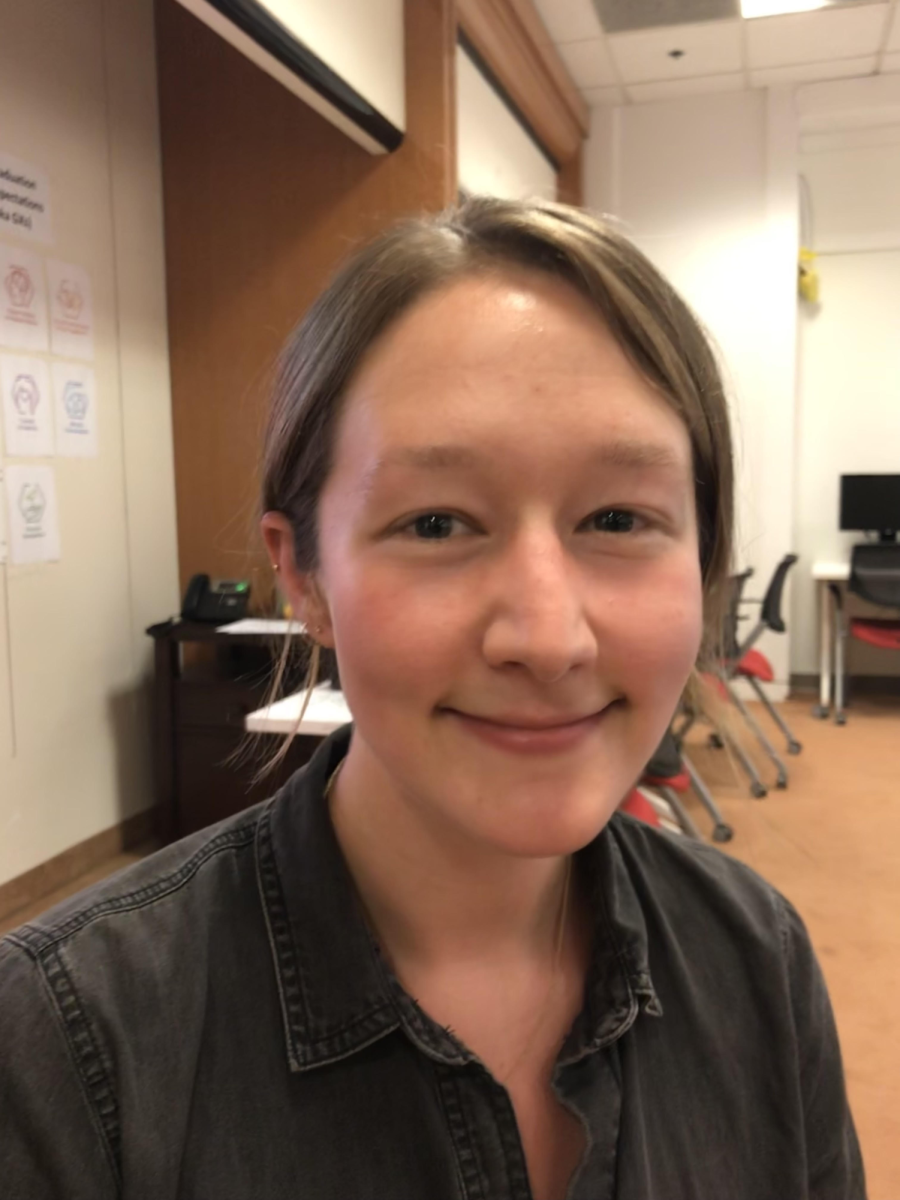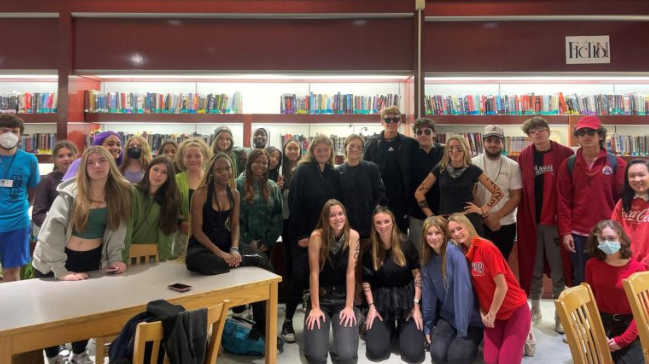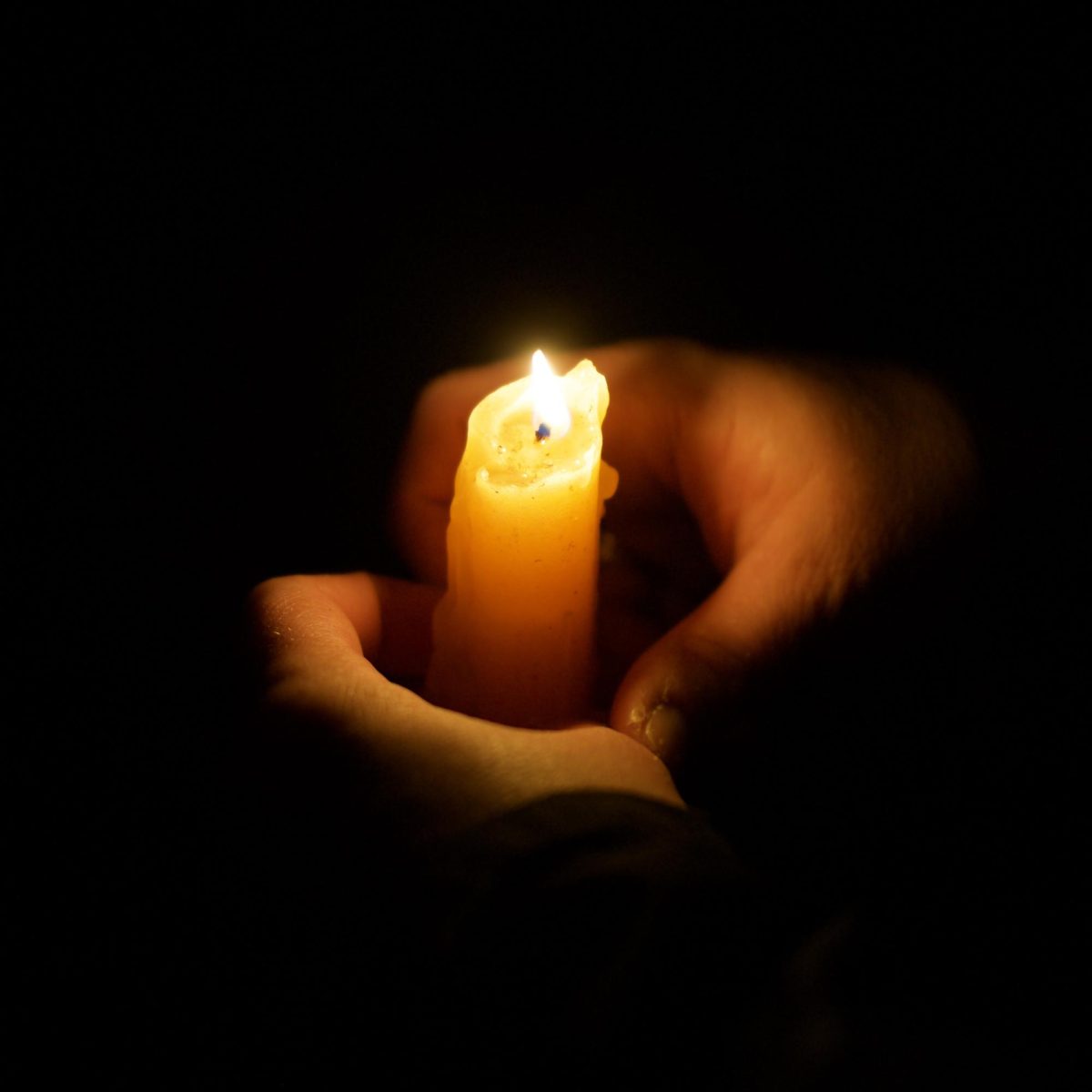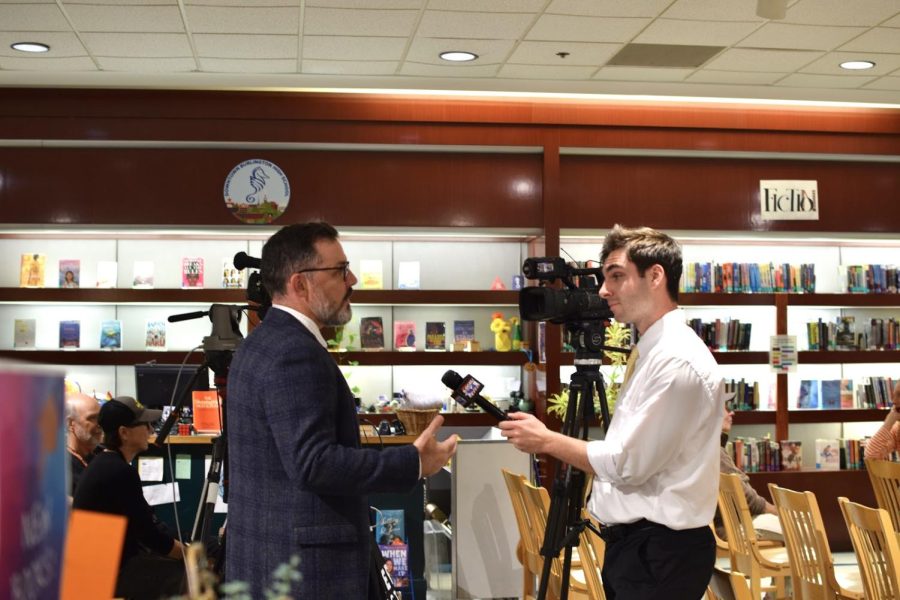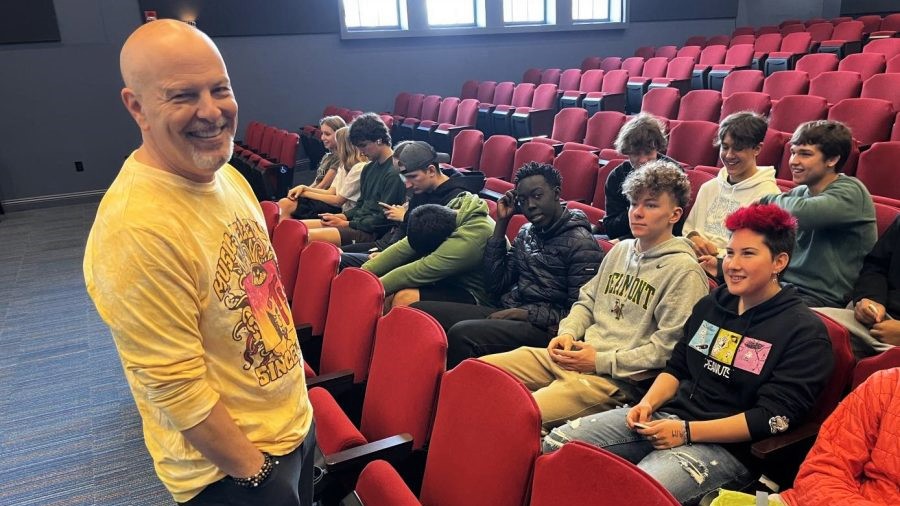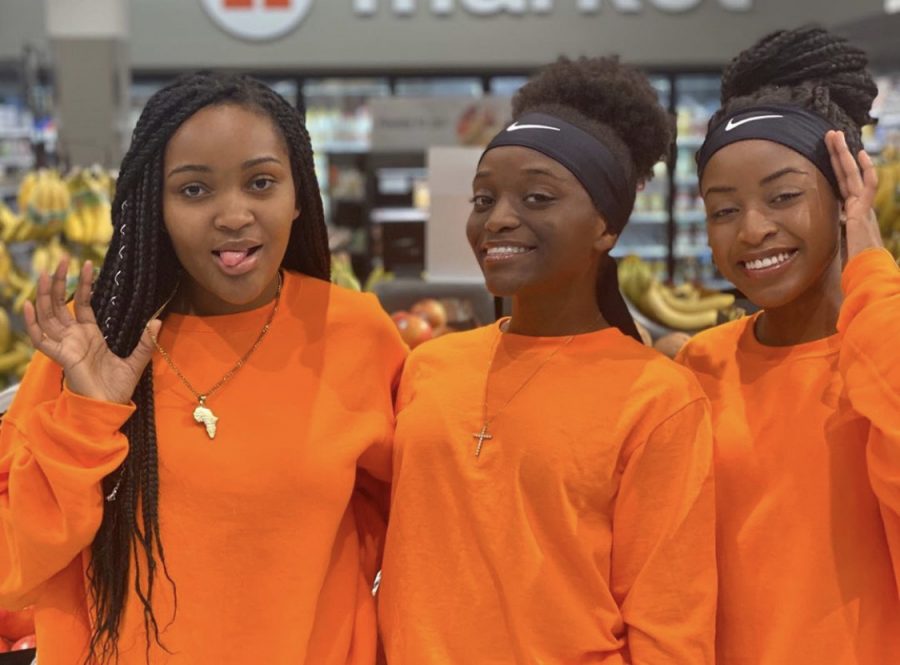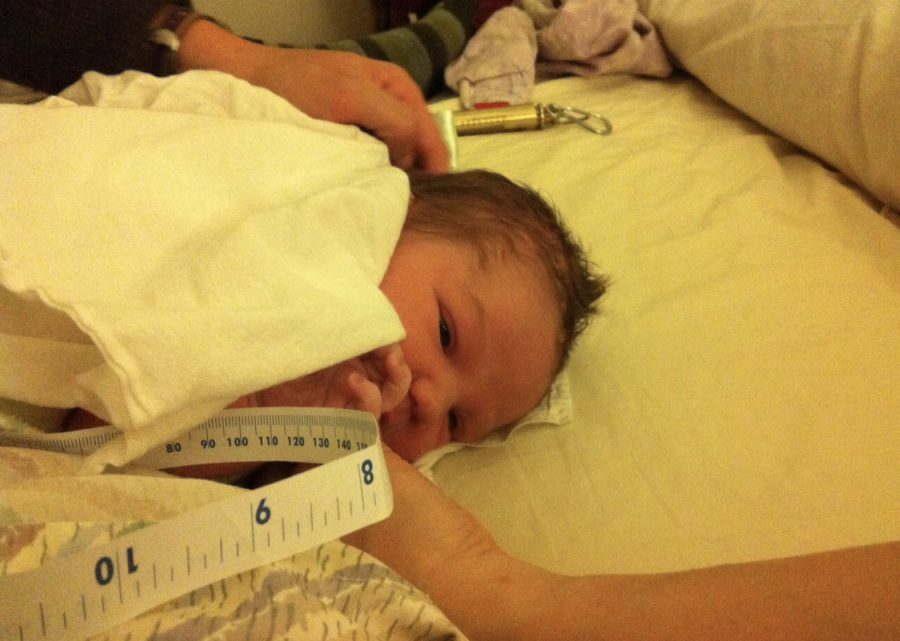Co-written by Julia Shannon Grillo and Jenna Peterson.
During the darkest days of the year, many cultures celebrate holidays of light and hope. These holidays serve as something to look forward to when the days get shorter and the temperature drops.
Kwanzaa
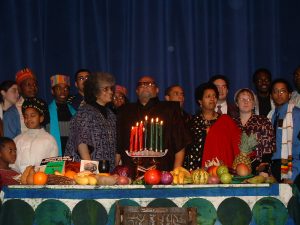
The term “Kwanzaa” is derived from the Swahili phrase matunda ya kwanza, meaning “first fruits of the harvest”. Kwanzaa is an African-American holiday that is celebrated each year between December 26 and the January 1. Kwanzaa is a product of black nationalism during the Civil Rights movement. It was founded in 1966 by activist and professor- Dr. Maulana Karenga, as a way for African-Americans to celebrate their presence in the United States. Typical traditions of the holiday include lighting candles on a kinara. One candle is lit each day of the festival, and every candle represents a different principle of Kwanzaa, such as unity, self-determination, and faith.
Bodhi Day

Bodhi Day is a Buddhist holiday that occurs on the eighth day of the twelfth lunar month of the Chinese calendar, January 8, or, in Japan, on December 8. It signifies the enlightenment of Buddha, also known as Siddhartha Gautama, while meditating under a Bodhi tree. In both Sanskrit and Pali the term “Bodhi” is synonymous with “awakening”. Bodhi Day serves as a day of meditation and reflection for practicing Buddhists in order to follow the example set by Siddhartha Gautama. Buddhists eat a traditional meal of rice and milk, because that is the first thing Buddha ate after his awakening. They also decorate a small ficus tree with ornaments connected by a string to symbolize that all things are united.
Pancha Ganapati

Pancha Ganapati is a five day festival (pancha means “five”) in honor of Hindu Lord, Ganesha, that is celebrated from December 21 to December 25. It was created in 1985 by Sivaya Subramuniyaswami as a Hindu alternative to holidays in December that are centered around family. Much like Bodhi Day, each day of Pancha Ganapati focuses on a different spiritual discipline: family, friends, associates, culture, and religion. A festive shrine is placed in the living room with a statue of a five-faced Lord Ganesha. Each morning he is dressed in a new sakti of a different color.
Feast Day of our Lady of Guadalupe

The Feast Day of our Lady of Guadalupe is one of many interpretations of the story of the Virgin Mary and baby Jesus, originating in Mexico. The Lady of Guadalupe is the patron saint of Mexico who represents the Virgin Mary. The story goes that in 1593, she appeared on the Hill of Tepeyac as an apparition to a Saint named Juan Diego in Mexico City and requested that a church be built on that site. When this message got to the Bishop, he asked for proof of her identity. The Lady of Guadalupe instructed Diego to gather roses and put them in his tilma (cloak). As St. Juan Diego opened up the tilma to give the roses to the Bishop, an image of the Virgin Mary appeared on the inside of it. She is depicted as a pregnant woman wearing the traditional clothing of an Aztec princess. Thousands of people go to church to pray on this day, many of them traveling across Mexico to visit the Basilica of Guadalupe in Mexico City where the tilma is kept. Additionally, public celebrations and fiestas are organized to celebrate the virgin Mary appearing to a Mexican peasant.
Hanukkah

Hanukkah is a Jewish holiday that lasts for eight days and eight nights. It starts on the 25th day of the ninth month of the Hebrew calendar. This year, Hanukkah falls between December 12 to December 20. Many years ago, there was conflict in Jerusalem. As a result of this, one of the treasured temples was destroyed. The people of Jerusalem stayed in this temple as an act of solidarity. They thought they were only going to last one night because that’s how much oil they had for the candles to burn, but a miracle took place and the oil lasted for eight days and eight nights, which is why the holiday lasts for eight days and nights. In the United States, it is celebrated a few different ways depending on how religious a family is. Bella Farkas, a BHS sophomore, combines traditional Hanukkah celebrations with a few that her family came up with. “At my house we just say a few prayers, light the candles, and we’ll make latkes once or twice. We actually have a Hanukkah tree, just a Christmas tree but it has the Star of David on the top instead and non-religious symbols,” Farkas said.
Winter Solstice
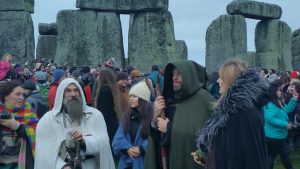
Winter Solstice marks the official beginning of winter. They day of Winter Solstice has the least amount of daylight in the year, but after that date days begin to increase in length. It usually falls on December 21, but occasionally it falls on December 22. Winter Solstice has no religious affiliation, so some families choose to celebrate it instead of a religious winter holiday. Lane Sky, a BHS sophomore, said her family’s celebration is similar to Christmas, with some variation. “It’s sort of like Christmas but it’s on the 21st instead,” Sky said. “Lately, we’ve been celebrating it later because it’s on a school day usually. We don’t have parties, it’s just more of a family thing.”
Mawlid al-Nabi
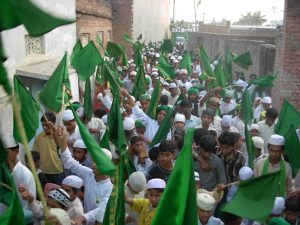
Mawlid al-Nabi is the celebration of the Islamic prophet Muhammad’s birthday. It falls on the third month of the Islamic calendar. This year, it was observed from the night of November 30 to the night of December 1. It has been an official holiday since the Ottomans declared it so in 1588. In many Islamic countries, there are carnivals to honor the prophet. Homes are decorated, there are processions in the streets, and stories are told to commemorate Muhammed. In the United States, there are smaller scale celebrations, with a lot of the same components.
Las Posadas

Spanish for lodging, Las Posadas is a Hispanic festival that represents the nativity story of Jesus. Lodging refers to the inn in the story, and it lasts nine days to represent the nine months Virgin Mary was pregnant. Every year it is on the same dates, December 16-25. It has been celebrated in Mexico for 400 years, and now it is also celebrated in Latin America and by Hispanics in the United States. Most of the celebrations are dramatic reenactments of famous Catholic stories.
Christmas

Christmas signifies the birthday of Jesus Christ in Christianity. The story is told that the Virgin Mary was visited by an angel named Gabriel who told her she would give birth to the son of God. While traveling to Bethlehem, they were unable to find an available room to stay in, so they slept in a barn next to an inn. Mary gave birth to her baby boy, and he slept in the manger. Today, Christmas is celebrated with the traditions of a decorated evergreen conifer tree, and Santa Claus. Santa travels around the world in a sleigh on Christmas Eve, delivering gifts to all of the children.






